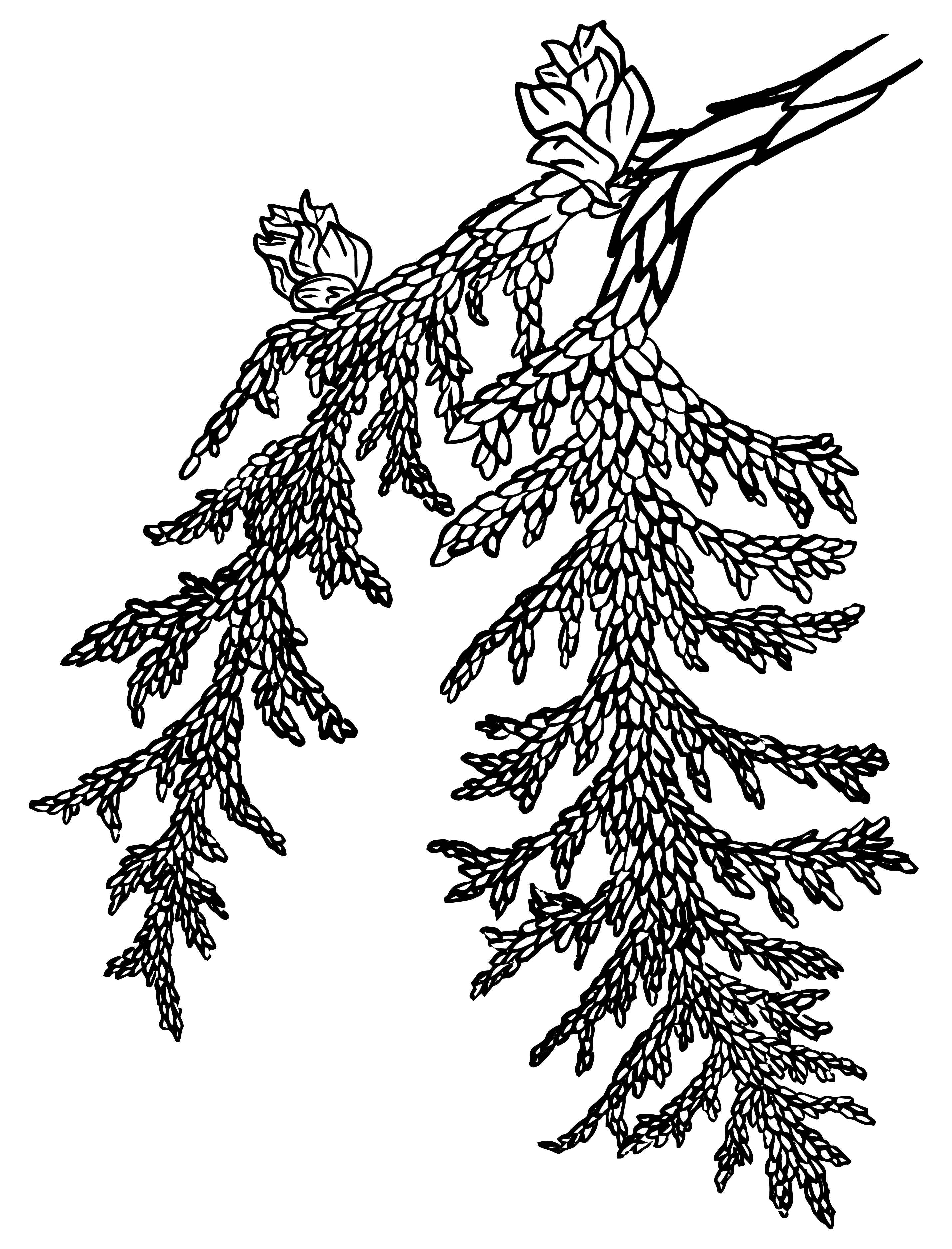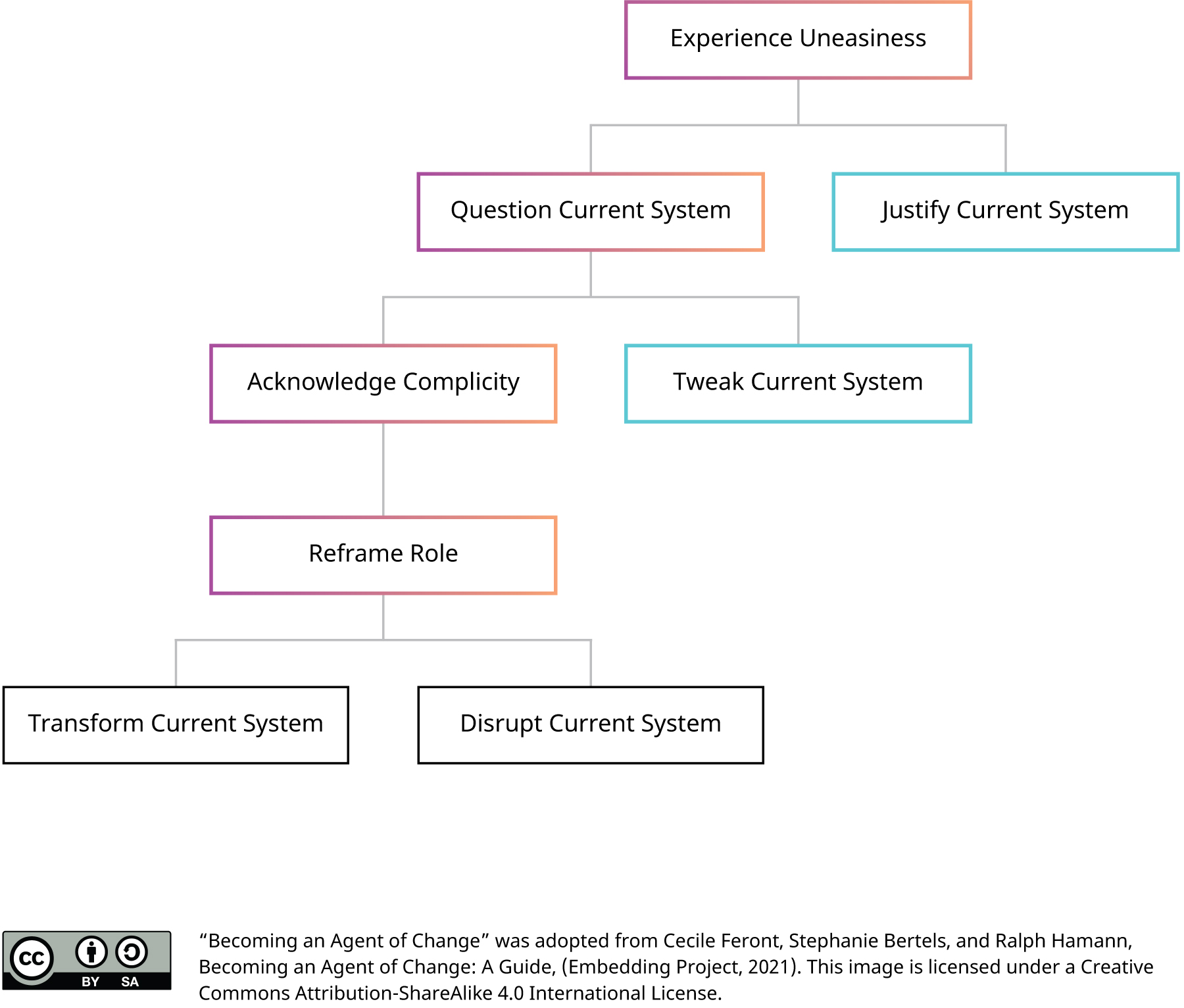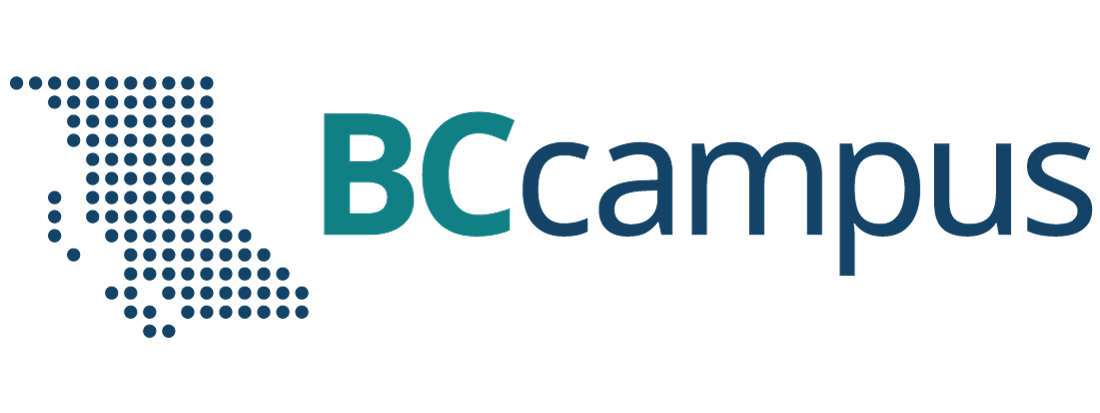The Call to Action: Become Agents of Change at Post-Secondary Institutions
You are invited to choose your path to the berry patch by identifying and sourcing the resources and pathways that will help your specific community ecosystem flourish, for safer campuses for everyone.
This next video considers what it means to be a true agent of change.
 Reflection Questions
Reflection Questions
- Review the Embedding Project’s Becoming an agent of change [PDF]. This guide asks the question: Where and how do privileged insiders become agents of change, challenging institutions for broader societal benefit? The guide breaks down how the journey to become a change agent often unfolds for individuals. Where are you in this process? Are you:
- Experiencing uneasiness?
- Questioning current systems?
- Acknowledging complicity?
- Reframing your role?

Becoming an Agent of Change [Image description]
- What steps are you ready to take to either “disrupt” or “transform” the systems in which you work? How can you support and provide safe spaces for people working to disrupt and transform how we support Indigenous students?
- In this video, Jewell describes the importance of building spaces where First Nations, Métis, and Inuit students can rebuild connections (to themselves, family, place, and community) and receive support.
- What steps can you take to begin developing these spaces and the programs and services that will sustain them?
- How can you include the voices and experiences of First Nations, Métis, and Inuit as you do this work?
Resources
Feront, C., Bertels, S. & Hamann, R. (2021). Becoming an agent of change: A guide [PDF]. Embedding Project. DOI: 10.6084/ m9.figshare.14378792
Image description
A flow chart illustrating the process of becoming an agent of change:
- First, experience uneasiness and either justify the current system or question the current system.
- If questioning current system, then tweak current system or acknowledge complicity.
- If acknowledging complicity, then reframe role and transform current system or disrupt current system.
“Becoming an Agent of Change” was adopted from Cecile Feront, Stephanie Bertels, and Ralph Hamann, Becoming an Agent of Change: A Guide, (Embedding Project, 2021). This image is licensed under a Creative Commons Attribution-ShareAlike 4.0 International License.

